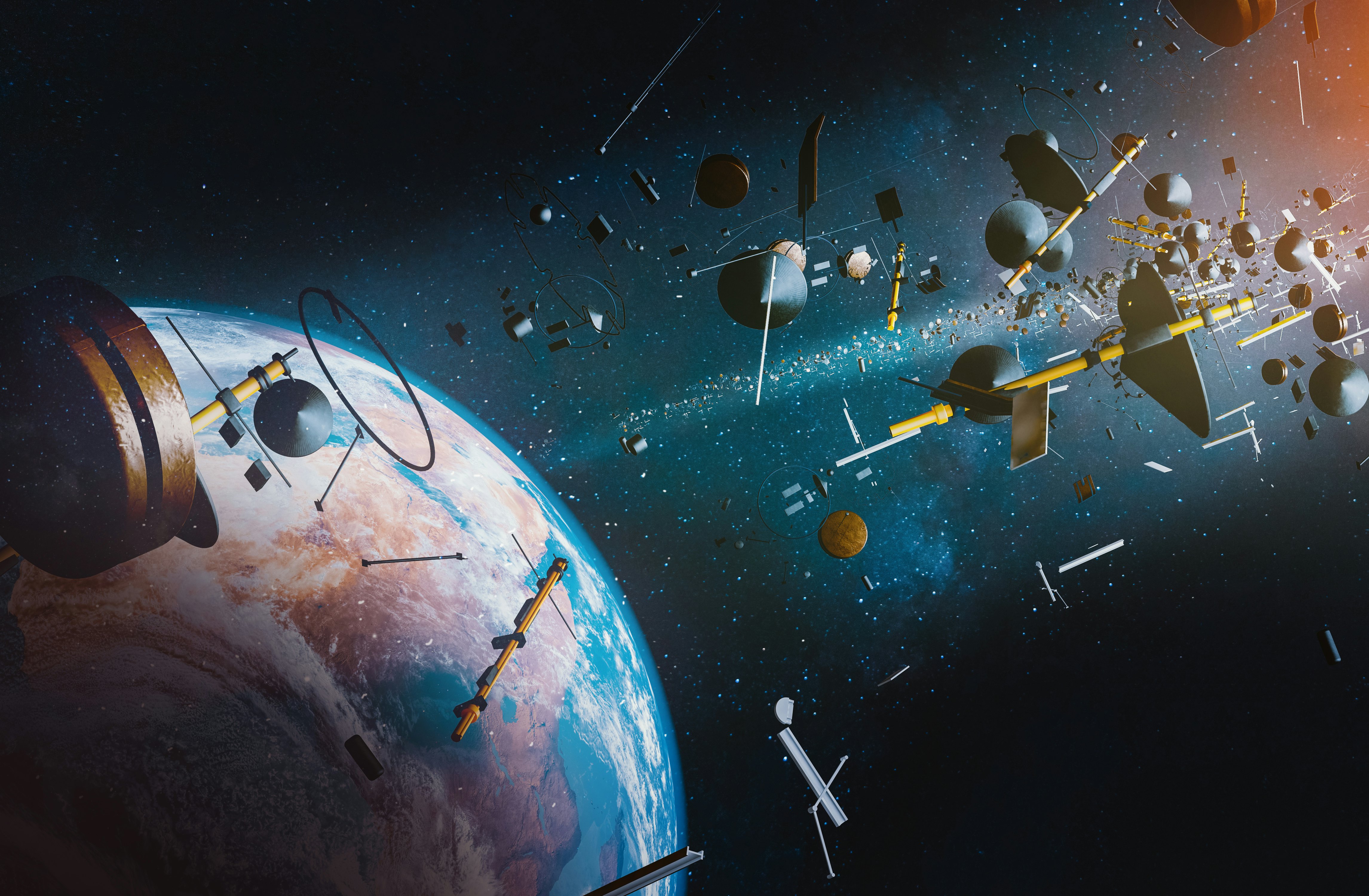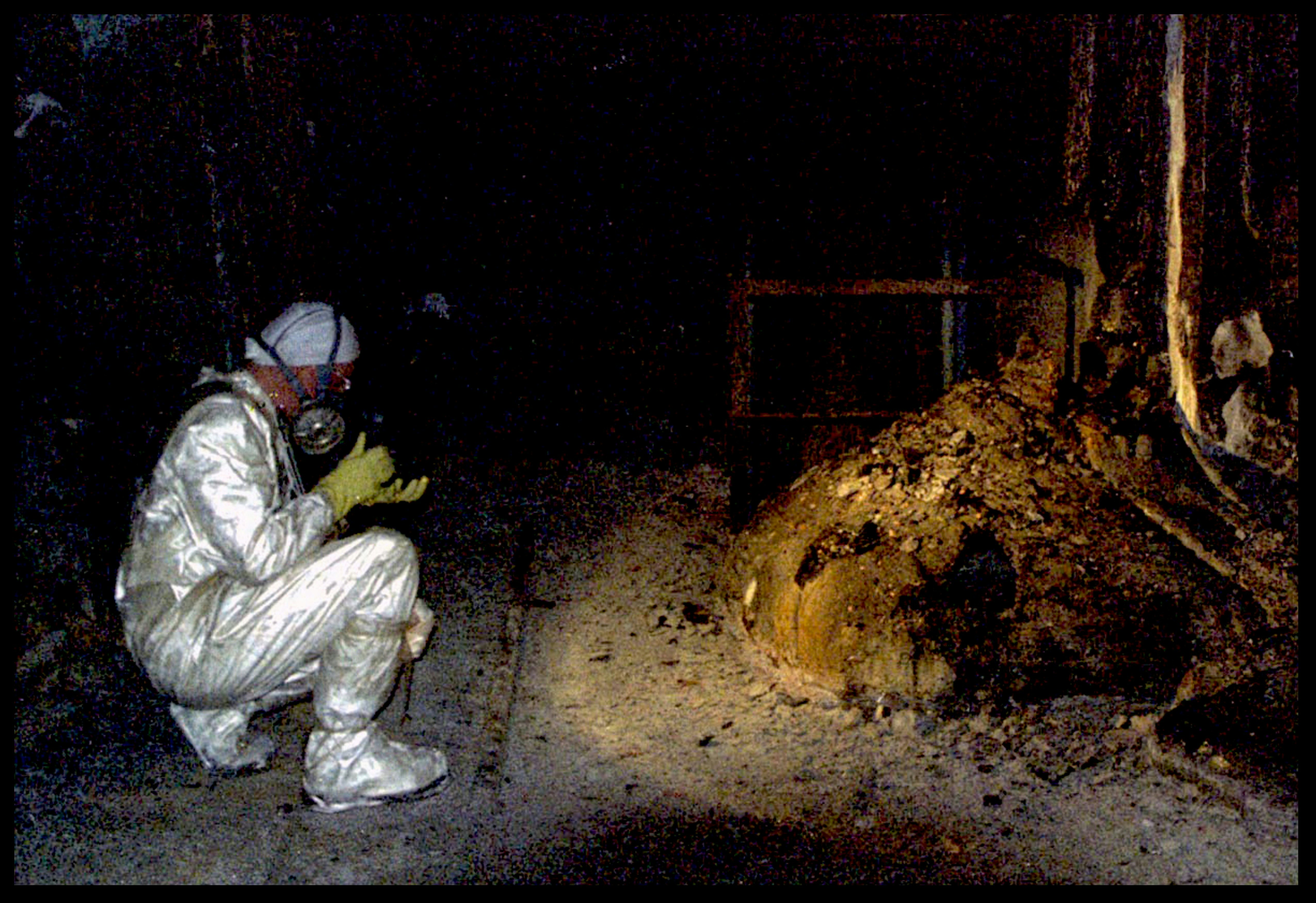
Have you ever fallen in love with someone you shouldn’t fall in love with? I’m not so much talking about finding yourself entwined with a person who is evil or hurtful, per se, but rather just on the edges of problematic. Maybe they never clean up after themselves and you like things just so. Or perhaps they are a conspiracy theorist but your feet are firmly planted in reality. I’m not saying which of these situations I have found myself in in the past (both), but at least I am not a male orb-weaving spider.
Our top stories today range from a truly dramatic courtship dance to the oldest objects in the known universe. We’re glad you’re here, and really, what better way to get into your Tuesday than spiders in love?
This is an adapted version of the Inverse Daily newsletter for Tuesday, April 26, 2022. Subscribe for free and learn something new every day.

Wild video reveals male spiders launch into the air to avoid being eaten after sex
Female orb-weaving spiders are known to eat their mates. But one male spider developed a technique to avoid this fate — and attract more mates.
As Jennifer Walter explains, female orb-weaving spiders are larger than their mates and they use their size to their advantage after mating — and eat their partners. So how does an itsy bitsy male spider avoid being eaten?
In one species of orb-weavers, Philoponella prominens, males will launch themselves off their female partners shortly after mating. Researchers described this behavior for the first time in the journal Current Biology.
Interestingly, the ability to throw themselves off the female and escape becoming a post-coital snack may be a test of how fit the male is to mate with the female in the first place.

Why Apple’s Steve Wozniak’s paradoxical plan to solve space junk just might work
Privateer, co-founded by Steve Wozniak, aims to make space environmentalism its business. Can its controversial methods really clean up space junk?
Privateer is, in part, the brainchild of Moriba Jah, a self-styled space environmentalist and associate professor at the University of Texas, Austin, who specializes in orbital mechanics. For years, Jah has evangelized on a point that more and more astronomers and space scientists are starting to acknowledge: The space above Earth is full of human litter in the form of satellites and junk.
The race to launch yet more satellites in the next decade may mean we are doomed to replicate the environmental mistakes we’ve made here on Earth in space.
“We can be a foundational layer of information to help people be safer in space, be more secure and [promote] long term sustainability of the space environment as an ecosystem, additionally to land, air and ocean,” Jah tells Inverse.

What are the oldest objects in the universe? Ancient stars, planets, and galaxies explained
Astronomy is like a time machine, Elizabeth Howell writes, in that we can look at events that happened billions of years ago. By looking at objects from shortly after the Big Bang formed our universe 13.8 billion years ago, we can probe the “origin story” of cosmic things like galaxies, stars, and exoplanets.
Inverse talked to two astronomers at the Smithsonian Astrophysical Observatory to learn about the oldest things we can see or infer, and why studying such old things matters.
They explain that the oldest things we can see are also a frontier of discovery — with more discoveries to come soon as the James Webb Space Telescope gears up for science operations starting in the summer.

Remote work might make the most miserable side effect of office culture even worse
Presenteeism means working while you feel sick. The shift to remote work could make it worse — or be our chance to finally move on from this bad health and productivity habit.
Inverse contributor Sarah Sloat explains how presenteeism costs companies money, drives burnout, and is generally bad for everyone involved. But employees still do it because the benefits of showing up seem to outweigh the costs of recovering at home.
In a recent study published in the Journal of Occupational Health Psychology, researchers examined this phenomenon among remote workers during a 2020 Covid-19 lockdown. The study is unique in that most research on presenteeism focuses on long-term results. Instead, this study examined short-term daily changes in presenteeism and how these affect employee performance.
Overall, the study shows people engage in presenteeism most when they feel like they aren’t meeting their work goals. But working while sick can make the situation worse: The researchers found presenteeism is so draining that it hinders your work for days afterward.

About this newsletter: Do you think it can be improved? Have a story idea? Want to share a story about the time you met an astronaut? Send those thoughts and more to newsletter@inverse.com.
- On this day in history: On April 26, 1986, the world was rocked by the Chernobyl nuclear accident in what is now Ukraine. The accident, which was caused by a failure in reactor No.4 of the plant, is the worst nuclear disaster in history.
- Song of the day: “Ever Fallen in Love (With Someone You Shouldn’t’ve?) by The Buzzcocks.







